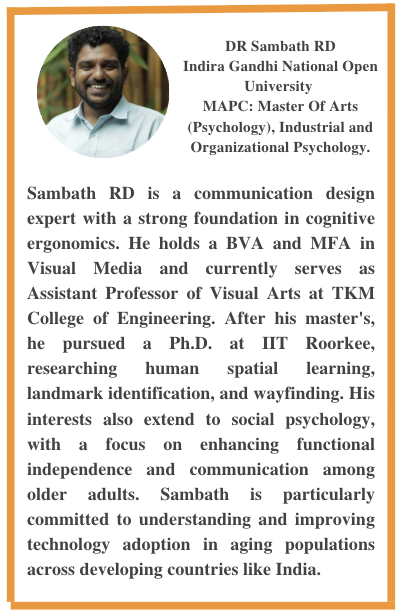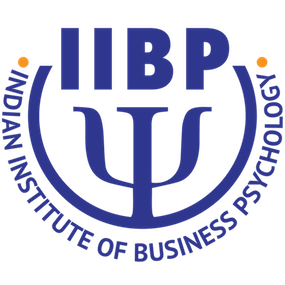In an era where employee engagement is the holy grail for thriving organizations, many companies are still searching for innovative ways to connect with their workforce beyond annual reviews and team-building retreats. What if the answer lay not in a new software solution or a complex HR policy, but in something as ancient and universal as celebration? Enter the “culture dividend”—the often-untapped potential of leveraging cultural festivals to foster deeper connections, boost morale, and drive organizational success. Beyond traditional compensation and benefits, the intangible aspects of work – such as a sense of community, purpose, and belonging – are gaining recognition as critical drivers of employee satisfaction and retention (Popli & Rizvi, 2016; Shinde 2024).
More Than Just a Party: Why Festivals Matter
Cultural festivals, be they animated national holidays, solemn religious occasions, or lively community outings, have always acted as human linkages. Thus engagement influences not only outside an organization but also its internal working. Organizational engagement, broadly defined as the emotional commitment an individual leads to his/her organization and goes toward achieving its goals (Kahn, 1990), is associated with positive outputs like higher productivity, lesser turnover, and better customer satisfaction (Patro, 2013). Cultural festivals-marked by the celebration of shared culture, traditions, and artistic expressions-offer some opportunity for people to interact, create, and consolidate identity. When incorporated into the workplace, these festivals provide a unique opportunity for organizations to realize great benefits.
Consider all workers seeing recognition and respect. When sincere efforts are made toward diversity, everybody feels respected, ultimately engendering that feeling of belonging bigger than job titles. Conceptually considered in the Social Exchange Theory, organizations investing in an employee’s well-being and integration into the local community (say, engaging in cultural festivals) tend to see reciprocation in increased commitment and effort (Blau, 1964). Decorating for Diwali, baking cookies for Eid, or sharing Lunar New Year stories all break silos and hierarchies.
This organizational culture emphasizes celebrations and well-being. Cultural celebrations are living classrooms. Organizational culture is a mirror of how shared values and beliefs drive employee behavior and results (Schein, 2017). Culture festivals are mirrors of shared values and customs. When an organization celebrates external cultural forms, it builds community, diversity, and imagination, which enriches its culture.
The festival activities create workplace soft skills aside from partying. Self-Determination Theory demonstrates that individuals are motivated when their relatedness, competence, and autonomy needs are fulfilled (Deci & Ryan, 2008). Cultural festivals enable workers to connect with each other through experience. Some will chair cultural committees, plan logistics, or give presentations about their culture, learning project management, event planning, communication, negotiation, and leadership skills—all workplace skills. In a war for talent, employer branding matters. Organizations that value diversity and celebrate diversity attract the best talent. These events not only attract future employees but also reflect positively on clients and partners looking for socially responsible companies.
Mechanisms for Leveraging Cultural Festivals
Organizations can leverage cultural festivals in several ways to achieve a “Culture Dividend”. Firstly, by encouraging and facilitating employee participation in local cultural festivals. Such engagements in cultural activities as attendees or volunteers, can foster a sense of community and shared experience. Some organizations do paid time off for such volunteering, organizing group outings. There are many organizations that even sponsor employee teams to participate in festival activities. For instance, Google encourages their employees to take time off for personal projects or volunteering, often offering unpaid leave for extended periods to focus on passions outside of work, which can certainly include deep involvement in cultural events. This creates opportunities for inter-departmental bonding and strengthens informal networks within the organization (Garcia & Lee, 2021).
Secondly, sponsoring local cultural festivals provides significant visibility for the organization and demonstrates its commitment to the community. For example, Reliance Industries Limited (RIL), one of India’s largest conglomerates encourages its vast employee base to participate in the celebrations of Ganesh Chaturthi, a major Hindu festival celebrated with immense fervor, in India. They might have internal Ganesh pandals at their office campuses, organize cultural programs for employees and their families, or facilitate visits to prominent public pandals. This fosters a sense of shared cultural identity and community within the organization, reinforcing “The Culture Dividend” internally. This can enhance brand reputation, attract talent, and improve employee pride in their employer (Karpińska-Krakowiak,2013).
Thirdly, through such initiatives, organizations can bring the spirit of cultural festivals into the workplace through themed events, decorations, or even internal celebrations. For example, celebrating local harvest festivals or traditional holidays within the office can foster a more inclusive and vibrant work environment, allowing employees to share their cultural heritage and learn from others (Pan & Sen, 2024). Finally, cultural festivals are inherently diverse, showcasing a multitude of traditions and perspectives. By supporting and participating in these events, organizations can visibly demonstrate their commitment to diversity and inclusion, making employees from various backgrounds feel more valued and represented (Gould et al., 2018).
Conclusion
Leveraging cultural festivals for organizational engagement is far more than a “nice-to-have.” The “Culture Dividend” represents a promising avenue for organizations seeking to enhance employee engagement and foster a thriving workplace culture. By strategically leveraging cultural festivals, organizations can tap into the inherent power of shared experiences, community celebration, and cultural heritage to create a more connected, motivated, and socially responsible workforce. As the world continues to prioritize well-being and purpose, integrating external cultural engagement into organizational strategy offers a unique and impactful approach to achieving sustainable organizational success. While more empirical research is needed, the theoretical benefits strongly suggest that investing in the “Culture Dividend” is a worthwhile endeavor for the modern organization.
References
- Blau, P. M. (1964). Exchange and power in social life. John Wiley & Sons.
- Deci, E. L., & Ryan, R. M. (2008). Self-determination theory: A macrotheory of human motivation, development, and health. Canadian psychology/Psychologie canadienne, 49(3), 182.
- Gould, R., Harris, S. P., Mullin, C., & Jones, R. (2020). Disability, diversity, and corporate social responsibility: Learning from recognized leaders in inclusion. Journal of Vocational Rehabilitation, 52(1), 29-42.
- Kahn, W. A. (1990). Psychological conditions of personal engagement and disengagement at work. Academy of management journal, 33(4), 692-724.
- Karpińska-Krakowiak, M. (2013). The impact of consumer knowledge on brand image transfer in cultural event sponsorship. Polish Sociological Review, 182(2), 185-208.
- Pan, K., & Sen, R. (2024). Cultural diversity and its impact on employees’ satisfaction and commitment. International Journal of Sci-entific Engineering and Science, 8(6).
- Patro, C. S. (2013, December). The impact of employee engagement on organization’s productivity. In 2nd international conference on managing human resources at the workplace (Vol. 1, pp. 1-9).
- Popli, S., & Rizvi, I. A. (2016). Drivers of employee engagement: The role of leadership style. Global business review, 17(4), 965-979.
- Schein, E. H. (2010). Organizational culture and leadership (Vol. 2). John Wiley & Sons.
- Shinde, S. (2024). Beyond Compensation: A Holistic Approach to Employee Retention in the Era of Remote Work and Technological Change. Research Review Journal of Social Science, 4(2), 82-92.
- Yoon, D. J., Bono, J. E., Yang, T., Lee, K., Glomb, T. M., & Duffy, M. K. (2022). The balance between positive and negative affect in employee well‐being. Journal of Organizational Behavior, 43(4), 763-782.
About the Author


